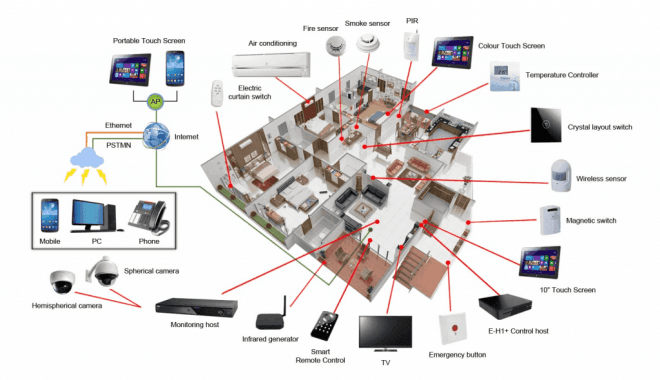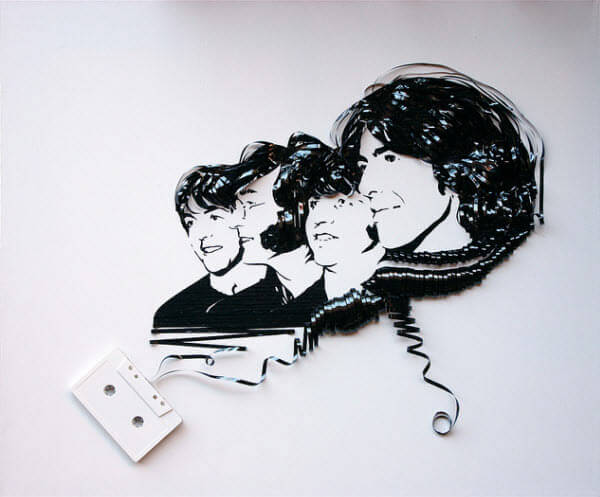
How to Conserve Energy at Home
11/07/15
There are many ways you can reduce that energy bill. Some are obvious, some not so obvious, but all require us to be forward thinking. With a new year at hand I thought it might be fun to put some thought into how to conserve energy at home. It’s fairly straight forward, but you’d be surprised at what a little creativity can do when it comes to energy conservation.
Reduce, Reuse, Recycle
When we talk about energy conservation we can easily think of several ways to reduce our energy consumption, but we often don’t think about how reusing and recycling saves energy as well. Reduction techniques, like the ones we will go over, are all great things we should be doing, but if we really want to know how to conserve energy at home we should be thinking of all three R’s: reduce, reuse, and recycle (you’ve heard the Jack Johnson song right?). Catchy elementary education songs aside, when we use all three R’s together we save energy not only in our own homes, but in the community as well. In the post we’ll tackle some low hanging fruit first, in hopes that some easy energy reduction methods will inspire further ways to creatively conserve energy.
How to conserve energy at home through energy reduction
Finding areas of wasteful use is often the first thing we do when we try to save energy. It’s a logical first step, because it makes us think of where and how we are wasting energy. If we know where and how to look, we can easily pick off some low hanging fruit. Here are some very large and low hanging fruit we have in our homes today.
Inefficient lighting technology
According to the U.S. Energy Information Administration (www.eia.gov), lighting in the U.S. accounts for about 12% of all energy consumption. It’s a large amount, especially when you consider how much of that energy is wasted because of inefficient lighting technologies. In a TED talk by Gary Allen of GE, Gary explains that incandescent lighting wastes around 90% of energy as heat instead of delivered light (lumens) and florescent lighting wastes around 60% of energy as heat. LED lighting, doesn’t require heat to create light and is significantly more efficient because of this fact. So when we are looking for easy ways to conserve energy, we only need to reach as far as the closest inefficient incandescent or CFL light bulb. Change out your current light bulbs with LED household bulbs and reduce the energy you consume through home lighting by up to 85%. The switch to LED is the biggest, easiest, and most straightforward way to conserve energy. If you have the time to watch Gary Allen’s TED talk below I would highly recommend it. Gary also tells us that if every home and business switched to LED lights in the next several years we will be saving more energy than the energy delivered through all renewable energy sources combined.
Air leaks and inefficient insulation
Another large and low hanging fruit in our homes is that gap in the door or window you’ve been meaning to fix. Many of our homes waste energy because of easy to fix air leaks. If you haven’t gone through your home and sought out and sealed those air drafts this may be the first thing you do to conserve energy at home. This is easily done and inexpensive to do. Check all your doors and make sure the weather-stripping is making a good seal when the door is shut. Look at the threshold gasket at the bottom of your doors as well, and replace the weather-stripping and gaskets if they are worn out. Do the same thing for your windows, find any air-leaks, caulk to seal them, and/or replace weather-stripping. We also waste energy through poor or damaged insulation. This is a harder issues to fix, but in most homes, especially older homes, can improve the efficiency of your HVAC systems greatly and ultimately help conserve energy in a big way. Most HVAC professionals can help you conduct a home energy audit to diagnose insulation issues. There are several ways you can solve insulation problems, but we’ll leave that topic for a specialist in the HVAC realm.
Wasteful use of lighting and HVAC
Growing up, I don’t remember how many times I was told to stop leaving lights on or to stop cranking up the heat at night. Like it was in my parent’s house it may be a lost cause to constantly remind your family to turn off lights when they leave a room, but we have the technology to fix this problem. Lighting and HVAC controls have become quite affordable and easy to use. The average homeowner can easily install or have installed a programmable thermostat that helps to reduce wasted heating and cooling. Thermostat controls can range from very sophisticated to not so sophisticated, but all you really need is something that allows you to set a temp for specific times of the day. You need less heating when you are asleep so turn down the heat at night as well as hours you are out of the home. In the case of lighting, simple controls using motion sensors or timers can be used on indoor and outdoor lighting. Like thermostats, lighting controls can get quite sophisticated, but you don’t need to get too fancy to conserve energy with lighting controls. You can start by putting a simple timer on your outdoor lights or even placing a motion sensor light where you outdoor garbage is. If you want to get a more sophisticated system there are smart lighting and HVAC systems that can do just about everything you can think of. You’ve probably seen systems that control lighting, heating, and air conditioning through a smart phone. Some have the ability to show you where and what is consuming your energy. You can also find control systems that will work along with your entertainment center, window blinds, door locks, and anything else you’d like to connect it to. Obviously these control systems aren’t for every home owner’s budget, but I bet we’ll be seeing a lot of the functionality of these highly sophisticated control systems in the average home in the next 10 to 20 years. 
Phantom Load
Also called several other things like: idle current, vampire power, phantom power, and wall wart. Phantom power can account for about 10% of your energy consumption. So what is it? Phantom load is the epitome of wasted electricity. Extra energy is sucked from the grid and into your home through devices and appliances that are turned off but still plugged into your outlets. The simple way to solve this problem is to plug a handful of devices into one power strip and turn that power strip off at the end of the day. For a few more bucks you can also buy a power strip with a timer and have everything plugged into that strip turn off at a certain time.
Conserve energy by being creative
I started this post by talking about the three R’s (reduce, reuse, recycle). We specifically focused on reducing our energy consumption in our home, but there are many more ways to conserve energy at home. Energy conservation is really only limited by your ability to be creative. Any time you find a way to reduce your waste or energy consumption you save energy. Every time you reuse a product rather than throw it away you save the energy that would have been used to create another product to replace it. Whenever you recycle something it takes significantly less energy to produce a recycled product than it does to create a product from raw materials. Be creative and come up with your own ways to reduce, reuse and recycle. 
Have a creative way to reduce energy consumption at home?
Birddog Lighting is always looking for ways we can reduce our energy consumption here in our office as well as in our own homes. If you have an idea or suggestion to help Birddog and our friends conserve energy, share them with us by leaving a comment.


